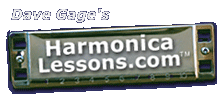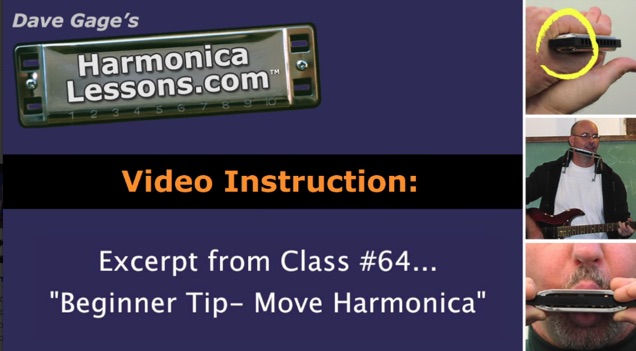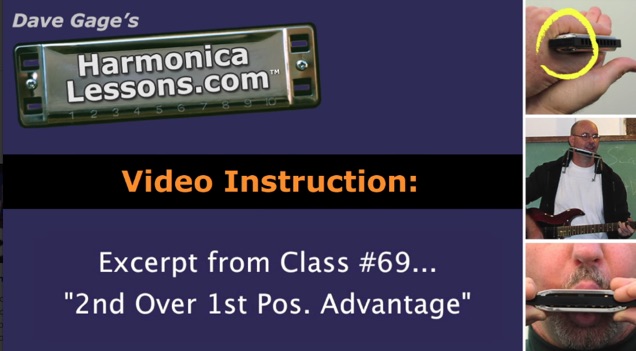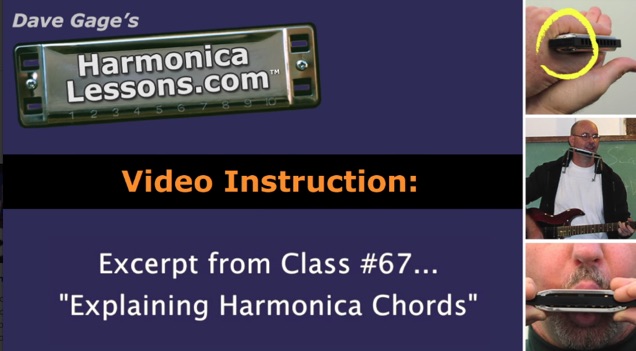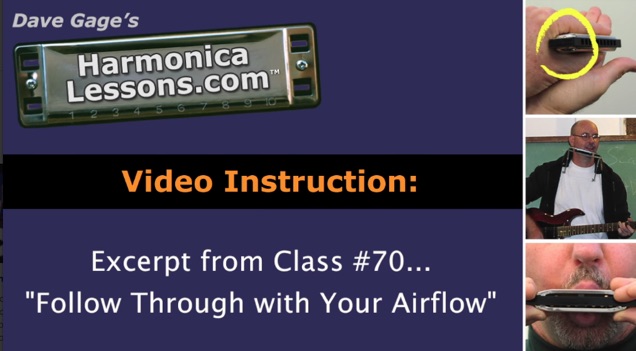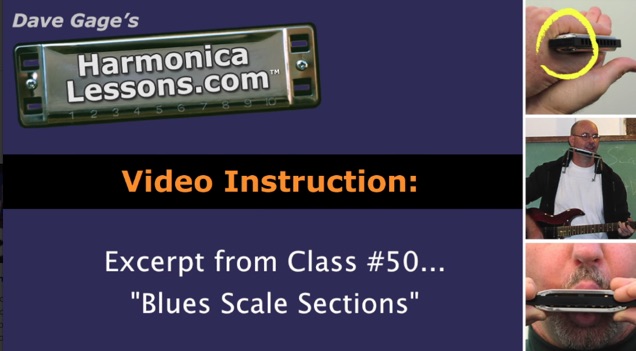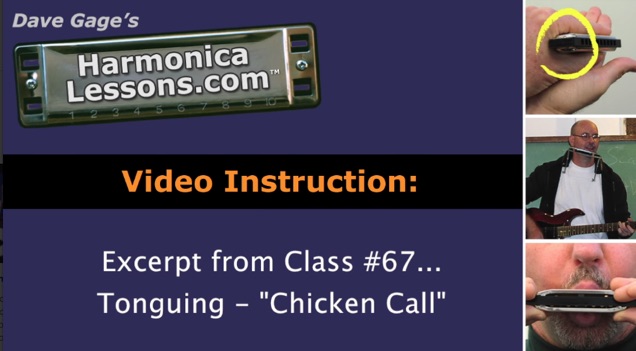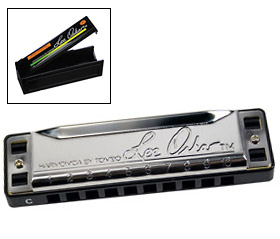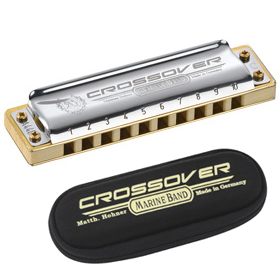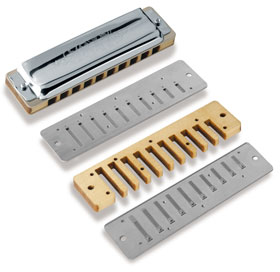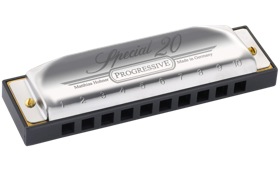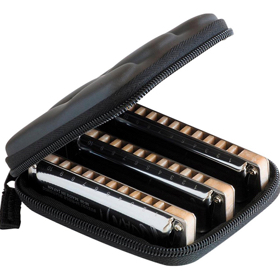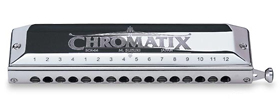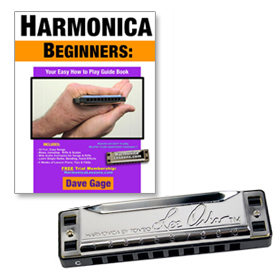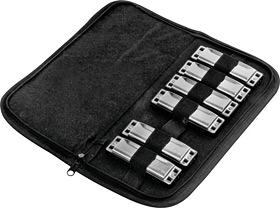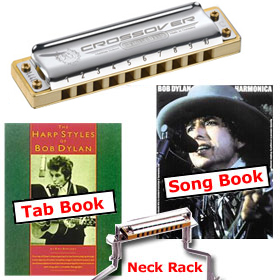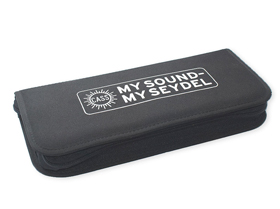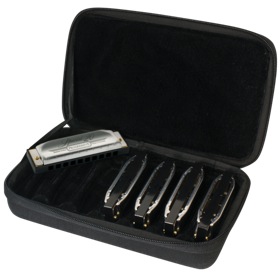Diatonic vs. Chromatic Harmonica
Here is a comparison of the diatonic and chromatic harmonicas. It should help you confirm that you have selected the correct type of harmonica for the style of music and type of sound that interests you. Scroll down the page for details.
- The diatonic is mostly used for blues, folk, rock- There are two main types of harmonicas (sometimes called "harps"), the chromatic harmonica and diatonic harmonica. Although the chromatic is extremely versatile, the harmonica which is predominantly used in blues, rock, country, folk, etc. is called the diatonic harmonica (blues harp type). Click here for the Terms & Definitions section and get the musical definitions of the words diatonic and chromatic.
- Bending gives you additional notes on the diatonic- The diatonic doesn't have easy access to all the possible notes like the chromatic harmonica but many of the notes that are not naturally found can be acquired by "bending" certain draw (inhale) and blow (exhale) notes. It is the "bending" sound of the diatonic that attracts most people to it.
- People who play the diatonic harmonica- Players associated with the diatonic would include Bob Dylan, Neil Young, James Cotton, Sonny Boy Williamson, Mick Jagger, Little Walter, Paul Butterfield, Mickey Raphael, John Popper, Charlie Musselwhite, Huey Lewis, Jimmy Reed, Sonny Terry, Steven Tyler, and so on.
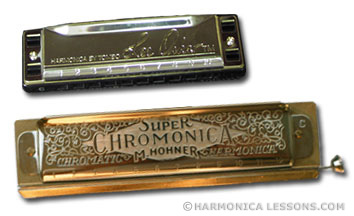
Top: Lee Oskar diatonic, Bottom: Hohner chromatic.
- What is a chromatic harmonica?- The chromatic harmonica has a button on the side which allows you to play the normal major scale, and with the button depressed, gives you all the half steps or notes in between. This allows you to play any scale, in any key, but you can't bend notes very well on this instrument so you don't get the same "bluesy" sound as on the diatonic.
- The chromatic harmonica is not appropriate for all of the instruction/tabs at this site- Much of the instruction and information at Harmonics Lessons.com is geared towards diatonic harmonica, but a lot of the techniques and theory are applicable for both diatonic and chromatic harmonicas. For Chromatic Instruction, songs, and information, visit the chromatic harmonica section of this website.
- Reading music and song tab for the chromatic- The chromatic harmonica hole layout is similar (sometimes referred to as "Solo" tuning) to the diatonic hole layout (referred to as "Richter" tuning), but not the same, so song tablature is different. Many accomplished chromatic players are able to read standard music notation which eliminates the need for song tab. Reading standard music notation makes more sense and is easier on the chromatic harmonica than on the diatonic.
- The chromatic is mostly used for jazz, classical, and pop music- The chromatic harmonica is typically used in jazz, classical, pop, and music where the melodies require more than a 7-note scale (like the one on a standard diatonic). A classic example of where a chromatic would be required is the theme song to "Midnight Cowboy". The original theme to "Sesame Street" was also played on a chromatic.
- People who play the chromatic harmonica- Stevie Wonder, Toots Thielemans, and Larry Adler are three of the best known players of this instrument. The 40's and 50's were the heyday of the 'Harmonica Bands' (like the "Harmonicats" and "Harmonica Rascals") and were usually led by a chromatic harmonica player. Numerous players primarily known for their diatonic playing may also use the chromatic from time to time (i.e. Little Walter, Norton Buffalo, Charlie McCoy, James Cotton, and others). Click here for some recommended chromatic harmonica CDs. You can click here to purchase a chromatic harmonica.
- Visit this page- for the more extensive "Recommended Harmonicas for Our Instruction" that lists the Recommended, Acceptable, and NOT Recommended models and brands for the instruction on this site.
The next two pages contain basic information on the two most popular approaches to playing the diatonic harmonica, 1st and 2nd position. Click here to read about the 1st Position style of playing.
